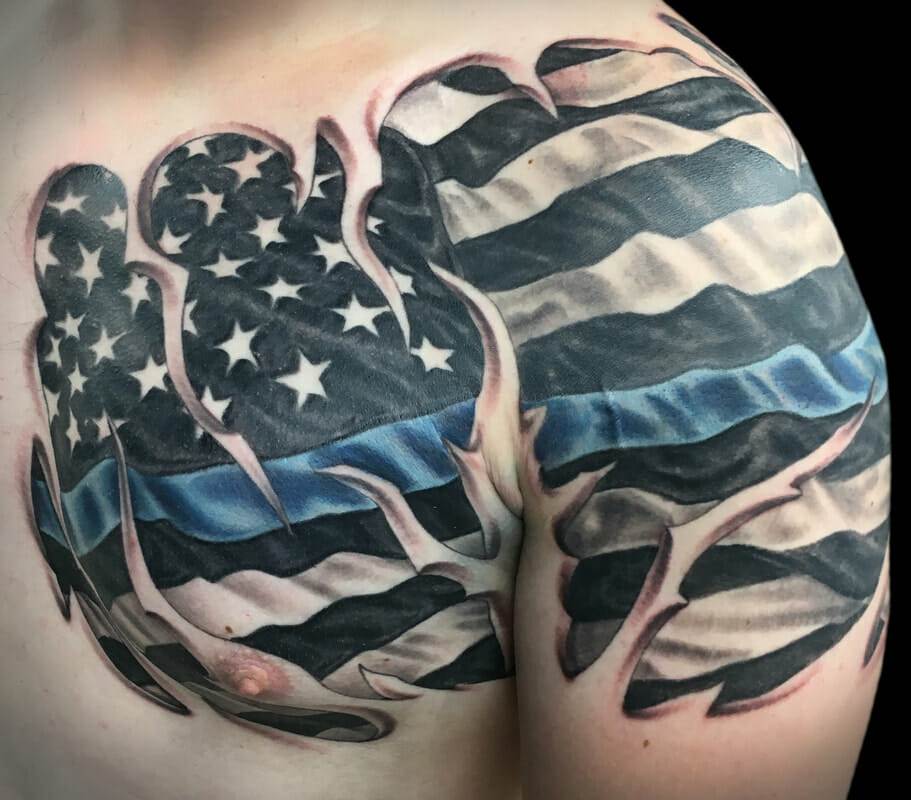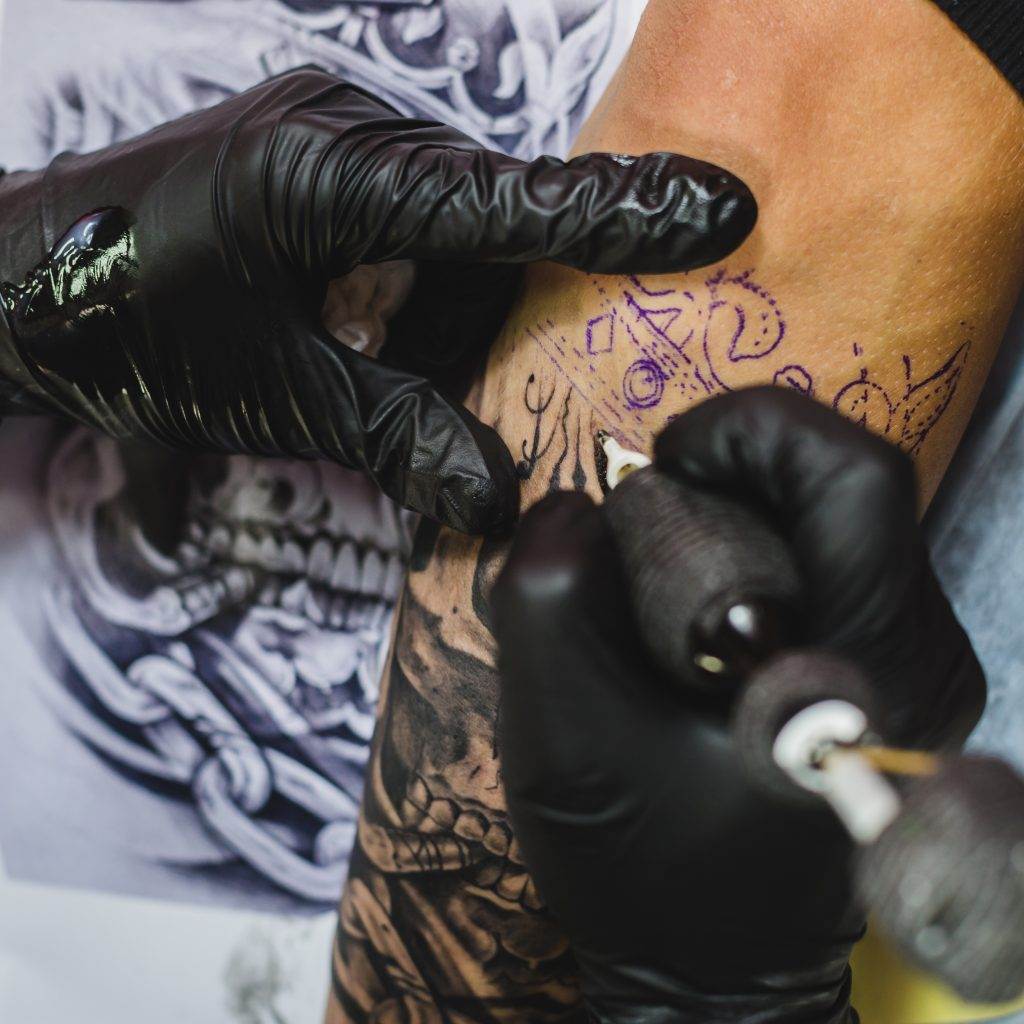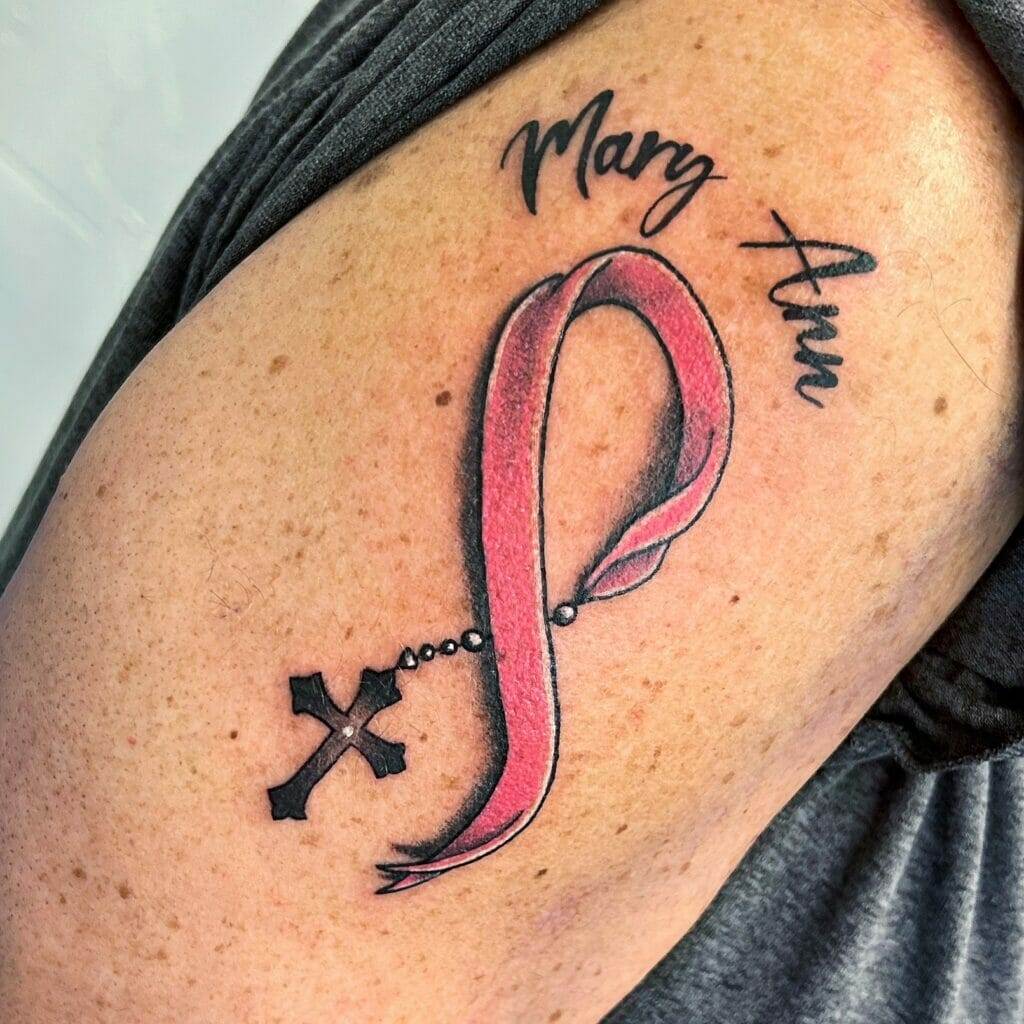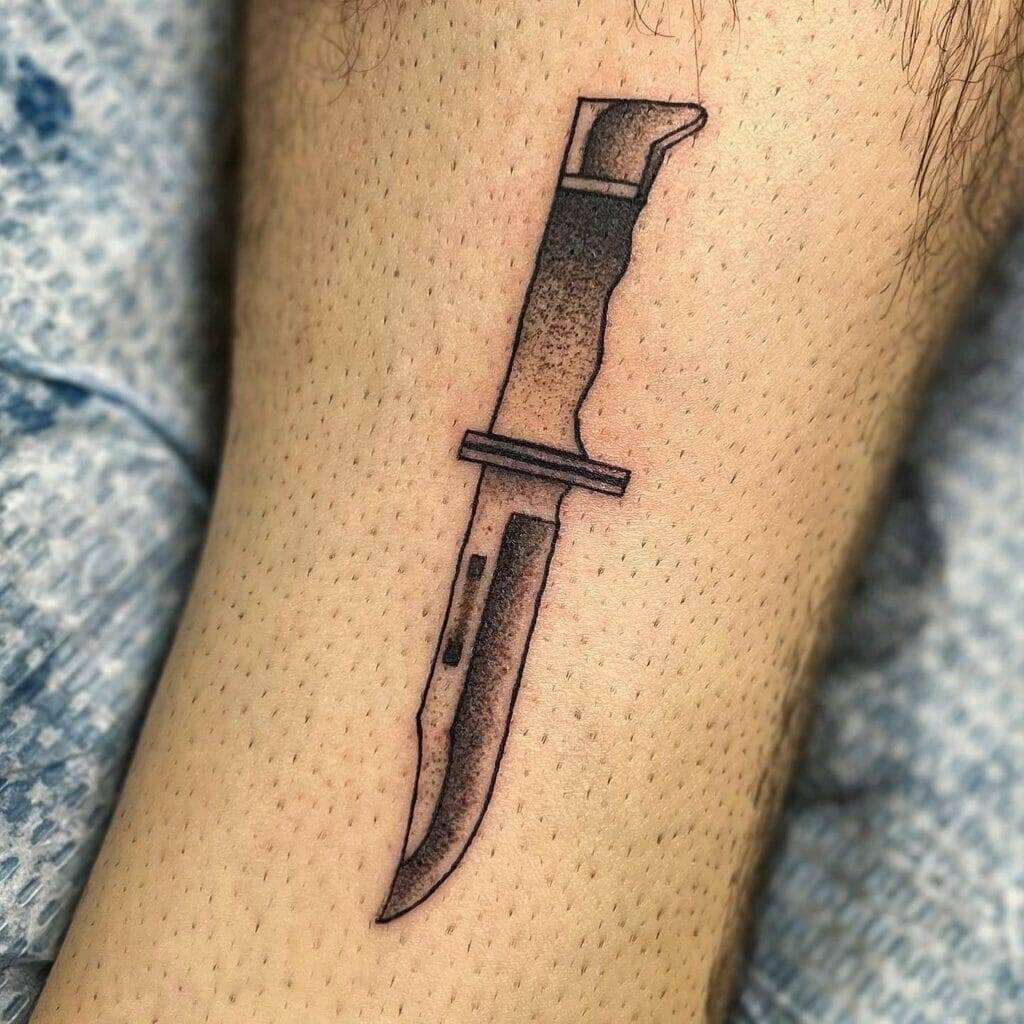In recent years, cover-up tattoos have become increasingly popular among individuals looking to transform the appearance of their skin. Whether it’s to hide an unwanted tattoo, cover up scars or stretch marks, or simply to create a new design over an existing one, cover-up tattoos offer a solution for those seeking a fresh start. This article will explore the art of concealing tattoos and scars with ink, the benefits of cover-up tattoos for skin transformation, the techniques and methods used for cover-up tattoos, factors to consider when choosing a design, and the importance of finding a skilled tattoo artist for cover-up work.
Understanding the Art of Concealment
The art of concealing tattoos and scars with ink requires skill and expertise from a tattoo artist. Cover-up tattoos involve strategically designing a new tattoo that effectively hides the old one or scar. This process often involves using darker colors and intricate designs to camouflage the existing tattoo or scar. It requires careful planning and execution to ensure that the new tattoo blends seamlessly with the surrounding skin.
Finding a skilled tattoo artist is crucial when it comes to cover-up work. Not all tattoo artists are experienced in this specialized area, so it’s important to do thorough research and find someone who has a portfolio showcasing successful cover-up tattoos. A skilled artist will have an understanding of color theory, shading techniques, and design placement to create a tattoo that effectively conceals the old one or scar.
The Benefits of Cover-Up Tattoos for Skin Transformation
Cover-up tattoos offer numerous benefits for individuals looking to transform the appearance of their skin. Firstly, they provide an opportunity to hide unwanted tattoos that may no longer hold significance or have become a source of regret. By covering up these tattoos with new designs, individuals can reclaim their bodies and feel more confident in their own skin.
Additionally, cover-up tattoos can boost confidence and self-esteem. For those with scars or stretch marks, cover-up tattoos can help to minimize their visibility and create a more aesthetically pleasing appearance. This can be particularly beneficial for individuals who may feel self-conscious about their scars or stretch marks, allowing them to embrace their bodies and feel more comfortable in their own skin.
How Cover-Up Tattoos Work: Techniques and Methods
Cover-up tattoos utilize various techniques and methods to effectively conceal the old tattoo or scar. One common technique is using darker colors to create a design that blends with the existing tattoo or scar. This technique relies on the principle of color theory, where darker colors are used to neutralize and cover up lighter colors.
Another technique involves incorporating intricate designs that strategically distract the eye from the old tattoo or scar. By creating a visually appealing design that draws attention away from the unwanted tattoo or scar, the new tattoo can effectively conceal it.
Tattoo artists also consider the placement of the new tattoo when covering up an old one or scar. They may suggest placing the new design in a way that maximizes coverage and minimizes the visibility of the old tattoo or scar.
Choosing the Right Design: Factors to Consider

When choosing a design for a cover-up tattoo, there are several factors to consider. The size of the new tattoo is an important consideration, as it should be large enough to effectively cover the old tattoo or scar. A smaller design may not provide enough coverage and may still allow the old tattoo or scar to be visible.
The color of the new tattoo is also crucial in achieving successful coverage. Tattoo artists often recommend using darker colors to effectively conceal lighter colors. However, this may not always be possible depending on the size and color of the old tattoo or scar. In some cases, a skilled artist may suggest incorporating elements of the old tattoo into the new design to create a cohesive look.
Placement is another factor to consider when choosing a design for a cover-up tattoo. Tattoo artists may suggest placing the new design in a way that maximizes coverage and minimizes the visibility of the old tattoo or scar. They may also consider the natural contours of the body to create a design that flows seamlessly with the existing shape.
Covering Scars and Stretch Marks with Tattoos
Covering scars and stretch marks with tattoos is another popular use for cover-up tattoos. Scars and stretch marks can be a source of insecurity for many individuals, and cover-up tattoos offer a solution to minimize their visibility.
Tattoo artists use shading and color techniques to make scars and stretch marks less noticeable. By incorporating darker colors and strategically shading the area, they can create an illusion that helps to blend the scar or stretch mark with the surrounding skin. This can result in a more even and aesthetically pleasing appearance.
It’s important to note that not all scars or stretch marks may be suitable for cover-up tattoos. It’s best to consult with a skilled tattoo artist who can assess the area and provide guidance on whether a cover-up tattoo is feasible.
Covering Up Unwanted Tattoos: What You Need to Know
Covering up unwanted tattoos requires careful consideration and planning. It’s important to choose a design that will effectively conceal the old tattoo and create a new look that you’ll be happy with.
When covering up an unwanted tattoo, it’s crucial to choose a design that is larger and darker than the existing tattoo. This ensures that the old tattoo is fully covered and not visible through the new design. A skilled tattoo artist will be able to guide you in choosing a design that will effectively hide the old tattoo.
It’s also important to have realistic expectations when it comes to covering up unwanted tattoos. While cover-up tattoos can be highly effective, there are limitations to what can be achieved. Some tattoos may require multiple sessions or additional techniques, such as laser tattoo removal, to fully cover up.
Aftercare Tips for Cover-Up Tattoos
Proper aftercare is essential for ensuring the proper healing and longevity of a cover-up tattoo. After getting a cover-up tattoo, it’s important to follow the aftercare instructions provided by your tattoo artist.
Some general aftercare tips for cover-up tattoos include keeping the area clean and dry, avoiding direct sunlight and swimming pools, and applying a thin layer of fragrance-free lotion or ointment to keep the skin moisturized. It’s also important to avoid picking or scratching at the tattoo, as this can lead to infection or damage to the design.
It’s important to note that the healing process for cover-up tattoos may take longer than traditional tattoos due to the additional layers of ink. It’s crucial to be patient and allow the tattoo to heal naturally without interfering with the process.
The Future of Cover-Up Tattoos: Advancements and Innovations
As technology and techniques continue to advance, the future of cover-up tattoos looks promising. New technologies, such as laser tattoo removal, may offer more effective and efficient methods for removing or lightening unwanted tattoos, making cover-up work easier for tattoo artists.
Advancements in ink pigments and color theory may also improve the effectiveness of cover-up tattoos. Tattoo artists may have access to a wider range of colors and pigments that can better match the surrounding skin and create a more seamless look.
Additionally, advancements in tattooing techniques, such as microblading and 3D tattooing, may offer new possibilities for cover-up work. These techniques can create more realistic and natural-looking designs, allowing for even greater transformation of the skin.

Embracing the Art of Concealment for Skin Transformation
In conclusion, cover-up tattoos offer a solution for individuals looking to transform the appearance of their skin. Whether it’s to hide an unwanted tattoo, cover up scars or stretch marks, or simply to create a new design over an existing one, cover-up tattoos provide an opportunity for individuals to reclaim their bodies and feel more confident in their own skin.
The art of concealing tattoos and scars with ink requires skill and expertise from a tattoo artist. It’s important to find a skilled artist who has experience in cover-up work and can provide guidance on choosing the right design and achieving successful coverage.
Cover-up tattoos have numerous benefits, including boosting confidence and self-esteem. They allow individuals to embrace their bodies and feel more comfortable in their own skin. With advancements in technology and techniques, the future of cover-up tattoos looks promising, offering even greater possibilities for skin transformation.
So, if you’re considering a cover-up tattoo, don’t hesitate to explore the art of concealing tattoos and scars with ink. Embrace the opportunity to transform your skin and feel more confident in your own body.



